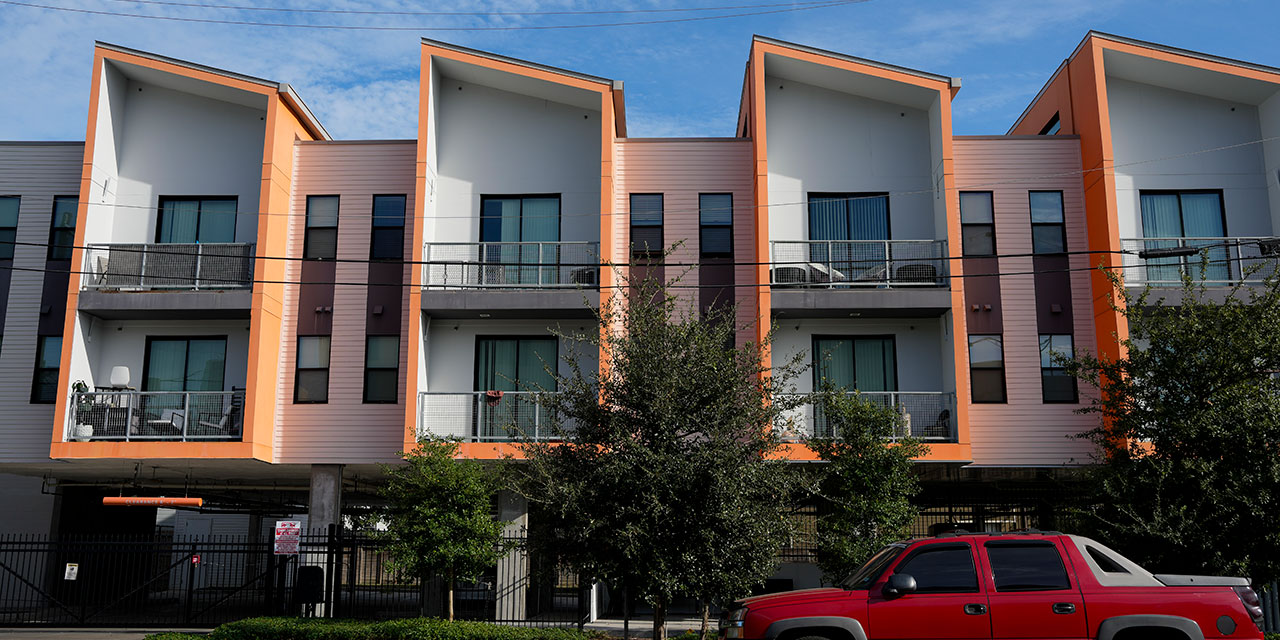
Earlier this year, a major American state passed a sweeping set of reforms to rein in regulations that drive up housing costs. Across roughly a dozen bills, legislators ended prohibitions on apartments in commercial areas, reduced minimum lot sizes, and limited the ability of opponents to delay new housing.
You might assume that this happened in a high-cost blue state like California or New York, where the progressive YIMBY movement has reset the discourse around policies like zoning. Quite the opposite: it was Texas, the beating heart of conservative politics.
Finally, a reason to check your email.
Sign up for our free newsletter today.
Housing affordability has long been an issue in big blue states. But during the Covid-19 pandemic, the crisis went national. Not even Texas was spared. Home prices there have exploded by 50 percent since 2020, imperiling the state’s reputation for low living costs.
Republicans in Texas, though, weren’t cooking up a red state brand of YIMBYism from scratch. In 2023, Montana passed perhaps the most ambitious package of pro-housing reforms ever adopted. Under the leadership of Republican governor Greg Gianforte, the state legalized duplexes and tiny homes, limited design review, and streamlined subdivisions.
This year, Montana went even further, passing a package of bills that legalized accessory dwelling units, allowed single-stair buildings, and established that state courts should default in favor of “the free use of property.”
According to a recent survey by the Mercatus Center’s Eli Kahn and Salim Furth, roughly two-thirds of America’s Republican trifecta states (where the GOP holds the governorship and both legislative chambers) have already passed at least some pro-housing legislation this year.
In one sense, the cause of ending the housing crisis should come naturally to principled conservatives. Excessive government regulation is a key driver of shortages, and stronger property rights for those attempting to build housing are the solution. But conservative governance principles sometimes clash with conservative lifestyle preferences. In recent years, President Donald Trump has promised to defend the “suburban lifestyle dream” against alleged threats—namely, apartments.
In Montana and Texas, Republican leaders have managed to thread that needle, with pro-growth business groups and housing reformers standing together with rural interests and environmentalists eager to spare natural and working lands from sprawl. In fact, rural Republicans in both states were the most eager to let cities grow up, rather than grow out.
In states with divided government, Republican legislators have increasingly started working across the aisle to drive reform. In a bipartisan moment in Arizona, Republicans and Democrats in the legislature put zoning liberalization on the agenda over the protests of Democratic governor Katie Hobbs. In North Carolina, a unanimous legislature abolished minimum parking mandates statewide.
Even in California, Republicans lauded Governor Gavin Newsom’s successful efforts to exempt more housing development from the state’s endless environmental reviews—with a few understandable gripes over having themselves called attention to this issue for decades.
With nearly every issue now polarized along partisan lines, a shared desire for more housing has happily been spared. As New York City’s Depression-era mayor Fiorella La Guardia allegedly quipped, “There is no Democratic or Republican way to pick up the garbage.” It turns out that land-use regulation is as unglamorous as trash collection.
Indeed, many blue and red states have pursued similar reforms, but using radically different rhetorical toolkits. In Oregon, it’s affordable housing. In Kentucky, it’s workforce housing. In Minnesota, the goal is righting historical injustices. In Tennessee, it’s to help people start families.
Yet, the housing push hasn’t always won out over conservative culture. Several red states with rapidly rising housing costs—such as South Carolina and South Dakota—have undertaken almost no pro-housing reform. And in some blue states, Republicans have been hostile to reform. Across the Northeast—including in Maryland and New York—Republicans have fought efforts to ease onerous local regulations. The ostensibly free-market Maine Policy Institute opposed state-level pro-housing reforms on the basis that they would abridge the right of local governments to impose large minimum lot sizes. Go figure.
Of course, reform is tough everywhere. But in red states, the juice generally flows more easily. In contrast to the “everything bagel” politics that plague Democratic policymaking—in which every bill gets compromised by the demands of various interest groups—Republican legislation is usually quite lean.
While both California and Florida have tried to legalize apartments in commercial areas in recent years, the Golden State imposed a complex set of affordability requirements, labor standards, environmental exclusions, and variable density limits to appease every interest group in Sacramento. Florida set permitted densities based on local context, mandated that 40 percent of the units be affordable to middle-class households, and provided the property tax abatements needed to make it all add up.
While the complex California bill has facilitated only a handful of projects, the simpler Florida bill has enabled the construction of tens of thousands of new apartments and counting, resulting in a welcome reduction in rents.
Will Republicans’ embrace of housing reform last?
President Trump’s vaguely NIMBY posture risks polarizing the issue. In local public hearings, conspiracy theories about density often crowd out the cooler reasoning of the local Chamber of Commerce set. And the urge among incumbent homeowners to pull up the ladder and block any new housing construction is universal.
But the smart money should remain on optimism. In this same outlet six years ago, Brandon Fuller and I puzzled over the lack of Republican YIMBYs. Today, the challenge is keeping up with all of them.
Photo by Yi-Chin Lee/Houston Chronicle via Getty Images
Source link

















